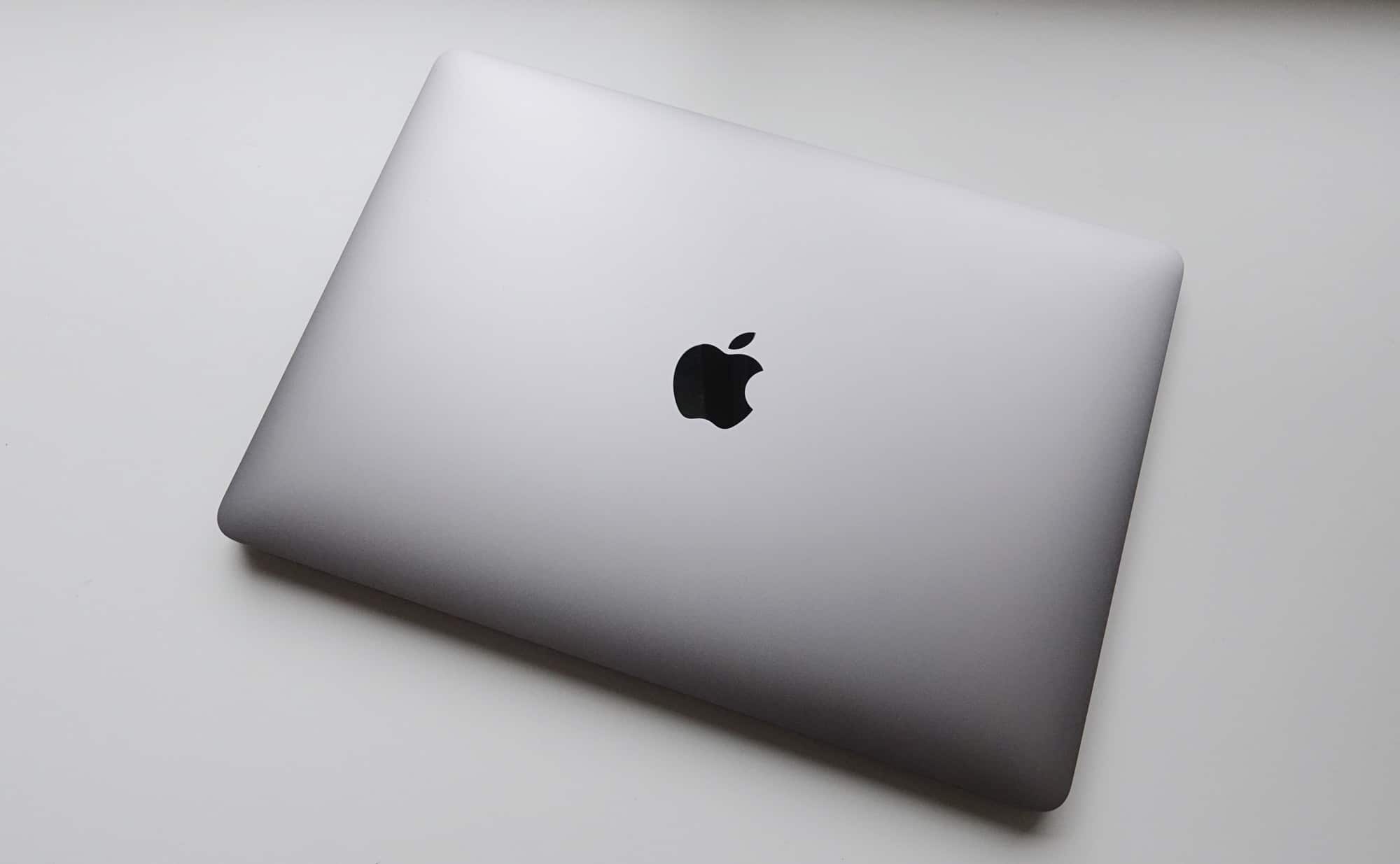Concerned the new Macs won’t run an app you rely on? There are a few more pieces of Apple Silicon compatible software.
It’s no secret that we’ve been big fans of Apple’s latest computers, and you only need to check out our reviews of the 2020 M1 MacBook Air and the 2020 M1 MacBook Pro 13 to see just what we think. Simply put, the first computers to run with Apple’s new breed of silicon are fantastic, delivering performance and battery life in spades, thanks to some stunningly solid system development by Apple.
There is the odd catch here and there, however, and one of these might be app compatibility.
To Apple’s credit, the maker of the Mac has made enormous strides with its Rosetta platform, affording compatibility for so many apps that haven’t made the jump to the new type of hardware, and means much of what you may already have should work.
But getting it to work is distinct from being optimised for it, and making sure it performs the best it can, such as how Google’s M1-based version of Chrome helps keep the battery life solid in the M1 MacBook models, something we’ve found in our testing.
Google’s transition isn’t the only happening, with Microsoft joining recently, releasing Office Universal for Mac, meaning Word, Excel, Outlook, PowerPoint, and OneNote now work natively on the M1 MacBook models, including the Air, 13 inch Pro, and Mac Mini.
The update also joins something from Adobe, which offers a beta-version of Photoshop, but also an M1 version of Lightroom, which has been rebuilt and optimised for the Apple Silicon, arriving alongside a variation for the few Windows computers running an ARM chip, such as Microsoft’s Surface Pro X.
They’re just some of the updates coming, as more companies switch on to making versions of their apps for the new hardware, with many others expected next year.






